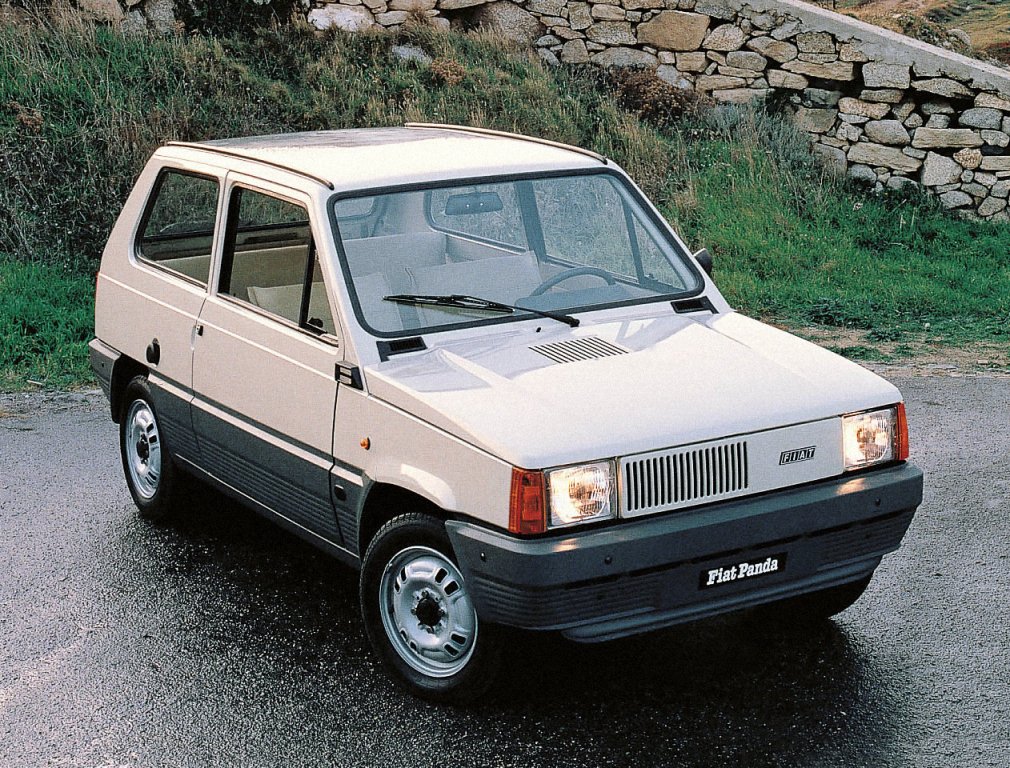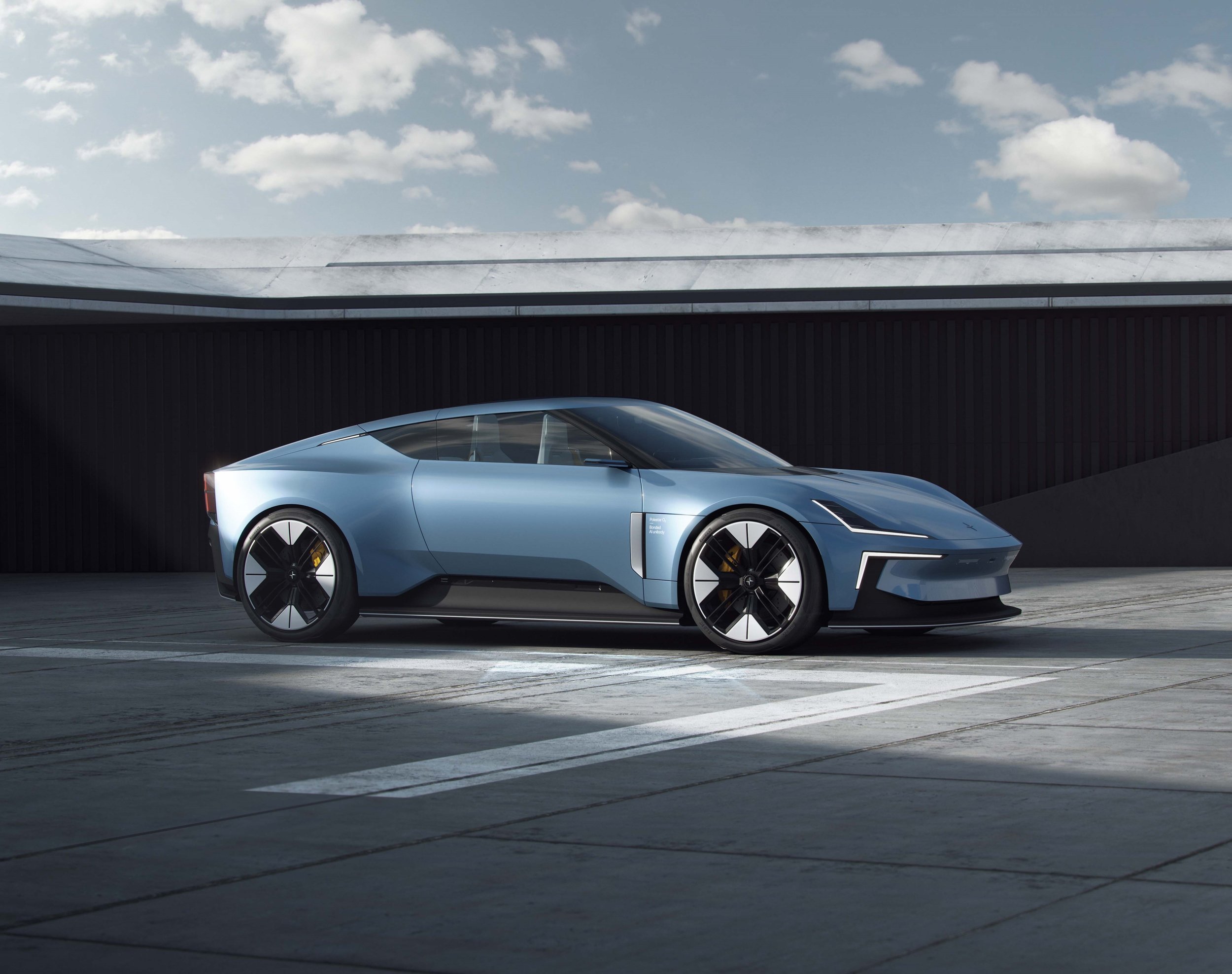Vive l’indifférence?
Good design appeals to the head, as well as to the heart - yet Patrick le Quément was left emotionally and intellectually unmoved by recent car designs
«What does it do to you?» (image © Shutterstock)
When I as 12 years old, holed up in a boarding school in Kent - feeling quite miserable for myself - I learnt Robert Browning’s poem Home Thoughts from Abroad by heart. During this process, I felt truly emotionally awakened by it. For even though England was not my homeland, this poem seemed like a reflection of my inner life.
Oh, to be in England
Now that April's there,
And whoever wakes in England
Sees, some morning, unaware,
That the lowest boughs and the brushwood sheaf
Round the elm-tree bole are in tiny leaf,
While the chaffinch sings on the orchard bough
In England—now!
Later on, during my professional life, Browing’s words maintained their relevance to me. But what, you may ask, can a 19th century poem have to do with good design? I’d counter by posing the question as to why we ought to limit ourselves to the self-imposed field of poetry; for what does a painting by Willem de Kooning or another by the delightful David Hockney, or reading a book by an author like Albert Camus tell us? Furthermore, the question could be asked whether listening to Elgar’s Violin Concerto in B minor or the haunting melancholia of Leonard Cohen’s songs have anything to do with good design.
My eventual answer to the initial question would accordingly be: plenty! For all experiences that generate a strong emotional response from our inner self testify that we are human beings, granted with feelings, who do not remain in a neutral torpor as a cabbage does on a market stall. For beauty creates emotions, and emotions are a manifestation of human life.
Good design
Talking about emotions, I did welcome the contribution of Hartmut Esslinger’s, founder of Frog design, who in the early ‘70s reacted to Louis Sullivan’s «form follows function» straight jacket formula with the now equally famous retort «form follows emotion». This catchy phrase did not in any way suggest that we could go back to good old styling and trample good design fundamentals. What it did suggest, however, was that there was room for the magical input of sensitive designers, who nevertheless tackle the reality of functional requirements.
That triggers the question : What are the fundamentals of good design? This is a difficult question, which Stephen Bayley and Sir Terence Conran answer in a wonderful book dating back to 2007, using a formulation taken from the great Le Corbusier - «good design is visible» - and adding that something that has not been intelligently designed will not work, will be uncomfortable to use, poorly manufactured, depressing to look at, and will probably not represent good value for money. Who would be stupid enough to want bad design then? Good design, in reality, is intelligence made visible. This clarifies the question on what constitutes good design, exactly because this is not an answer that should be carved in marble for eternity: for design continually evolves.
«Design today is about making and shaping experiences and relationships», wrote Turi McKinley, executive director of frogCamp, Searching for Landmark Design. After all, the proverbial iPhone attractiveness is not limited to its shape, but rather its overall combination of remarkable graphics and sounds, ease of use, intuitive solutions when first marketed, and an outstanding impact on our daily lives.
The state of the car
What can one say about automobile design, as I attempt to thread the cotton in the sewing needle, in order to make a neat transition into the world of automobiles? I certainly recall those long exchanges I’ve had over the years, with industrial designers, as well as architects, defending the automobile design turf by telling them that good design in automobiles was 90% common sense and 10% of that mysterious - or magical - something that we refer to as aesthetics. To which my toasting partners would invariably respond by saying that we, automobile designers, seem to spend more time on those 10% than anything else. It made for good discussions in those cold wintery evenings, as the beer was flowing and the wine brought me some warm reassurance. But that was then. As I look back on this past year - specifically: at its new automobile offerings - I know that I can’t tread onwards with these well-worn arguments any longer. Automobile design, as a whole, has reached a point of crisis, the extent of whose decline I measure by my failure to be moved. I cannot imagine any of the latest SUV-ish creations ever ending up on parade at the Concorso d’Eleganza at Villa D’Este. Just as I also fail to see any sense, any direction. It would seem as though too many automobile designers are suffering from ageusia.
Not an SUV (image © Pininfarina SpA)
Of course, some may conclude that I am just an old man: past it, left behind, out of touch with modern design. My own take would be somewhat different, however, insofar as I’m indeed looking at this industry from a distance, rather than its centre. Moreover, I’m still very much a practicing yacht designer, whose next boat will be the 30th of its ilk since venturing in this new field just over a decade ago. I’m still wearing my design thinking hat. I’m still moved by remarkable design, be it architectural, product design, commercial vehicles, anything related to mobility or graphic design, not to mention poetry, as well as literature. Yet almost all recent automobile designs leave me stone cold.
When I prepared a mood board to support a presentation of a new yacht in the past, I would ensure that a particularly fine example of a contemporary automobile design took centre stage. Yet today, cars in my mood boards appear only as close-ups of a fine example of how to master perceived quality or to demonstrate the gusto of a remarkably sculpted surface development.
Deserving of adulation?
On a more fundamental level, I’d like to ask whether anyone would be willing to write about any SUV with a fervour similar to that of philosopher and semiologist, Roland Barthes, when he wrote about the Citroën DS19 in 1957: «I think that cars today are almost the exact equivalent of the great Gothic cathedrals: I mean the supreme creation of an era, conceived with passion by unknown artists, and consumed in image, if not in usage by a whole population, which appropriates them as a purely magical object.»
Where are the modern myths, the future icons? Where are the landmark designs that punctuate the history of car design? Where are the likes of Pininfarina’s 1946 Cisitalia 202 GT, or the Alfa Romeo 8C 2900 B by Touring or again, a gloriously sculpted 1971 Buick Riviera GS Boat Tail, a breathtakingly fresh Audi TT, or what about the inspired radicalism of the original Mini, or the clever packaging of the first Golf, the intelligence of the Espace? Where are the bold new concepts that brought user-friendly revolutions? Where are the extremes - other than today’s omnipresent aggression - in design that were still to be seen in a not-so-distant past? Today, there is nothing but continuously recycled concepts that are so predictable, so interchangeable. None of the recent designs could be described as fiery hot or ice cold, they are more like tepid water straight out of the tap on our climate-changed hot summers. They are neither very good, nor very bad… they are, for the great majority, insignificant.
Not an SUV, either (image © Auto-Didakt.com)
Associated with this alarming assessment of car design today, I fear that this may be the confirming sign of the declassification of the design voice within companies, where designers have been forced to adopt a more passive role and return to become mere stylists. Are design leaders no longer in the driving seat, have they become passengers, embarked in the sidecar of history, attached to an underpowered motorbike ridden by a market-research-brain-stained executive, going slowly but surely nowhere?
Will we ever see another landmark automobile design in the foreseeable future? Are there at least signs of hope anywhere? Well, Jeremy Offer, the Design honcho at Arrival seemed to think so as he said in a recent interview to Autohaus: «A lot of car designers are bored with designing the next supercar or SUV. They want something that is challenging, that improves society!» Here’s to him being right. And to those designers getting their way, eventually.














Car interior designer who created some of the most significant cabins of all time, most notably the Porsche 928’s